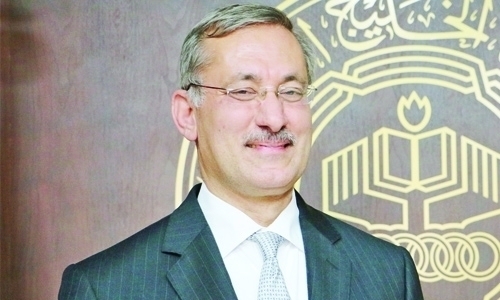Innovation Foresight: Predicting the Future
Predictions, projections, and assumptions about the future attempt to develop a foresight to cope with global changes and help reduce uncertainty due to urbanization, emerging markets, economic shocks, conflict, climate change, disruptive technologies, and resource scarcity. However, the success of foresight hinges on the capacity to identify and interpret trends and understand the external environment. Future studies and foresight started after World War II to manage future risks due to nuclear war, scarcity of resources, and potential conflicts. Realizing the limits of human capacity in dealing with complexity, it is imperative to improve organizational and national foresight capability and harness the convergence of ICT with both nano-and biotechnology.
Despite the fact that experts argue that foresight does not intend to predict the future but to imagine alternative futures, corporates and nations are mindful of the fact that today’s actions and decisions will shape the future. The key question is how to enhance human capability to innovation foresight?
Many tools and approaches like scenario planning and Delphi technique were developed to plan for future changes to augment the rational approach of strategic planning which is based on analysis of goals and action plans to foresight, which is simply about synthesis of data. Specifically, at the ecological domain, in the last decade, global assessments like Millennium Ecosystem Assessment (MEA) and International Panel for Climate Change (IPCC) were carried out to understand the value of eco-system services, limits of growth, trade-offs, and the carrying capacity of the planet. These global foresight exercises provided us with ample insight on the value of knowledge networks and innovation in foresight to understand trends and alternative futures. It also, shed light on the validity and reliability of global outlooks when referring to blogs or grey references.
As a result, we need to consider three notions when conducting foresight. First, the future is not predetermined; second, the future is not predictable; and third, the future can be shaped by our present actions. Quantum physics theory illustrates the concept of indeterminate processes and hence there is no single predetermined future. In essence, humans must take responsibility for the future of our planet, economy and society. The GCC transition to green energy is one of the alternative futures that we need to imagine as an alternative path in the post-oil era.
The mastery of knowledge is likely to enable us to achieve and shape “what could be possible, plausible, and probable futures”. Historically, landing man on the moon was achieved through harnessing science and technology that transcended our perception of “what might happen or could happen” to “likely to happen”. However, innovation policy and national strategies are crafted to attain preferable futures; i.e., what we want to happen. Human capacity for foresight can be enhanced through combination of strategic planning and foresight since innovation is a lever for foresight. In sum, reliable foresight requires a holistic, participatory and multi-disciplinary work.
Prof. Odeh Al-Jayyousi, Head of Innovation and Technology Management, Arabian Gulf University, Bahrain,
E-mail: odehaj@agu.edu
Related Posts

